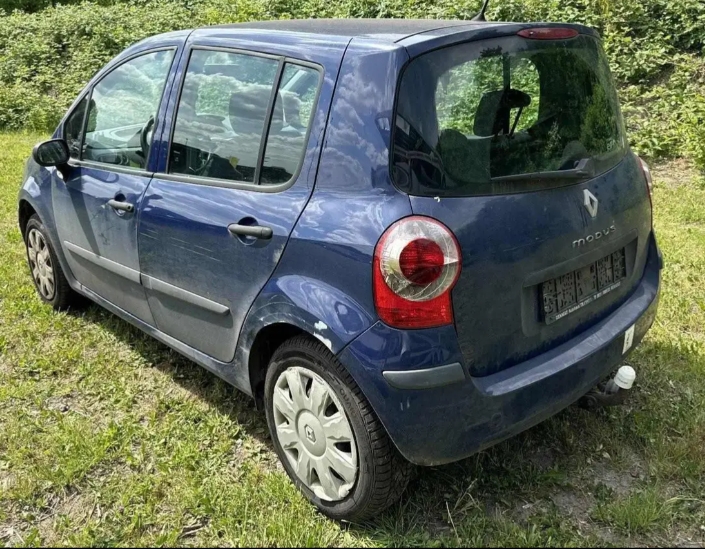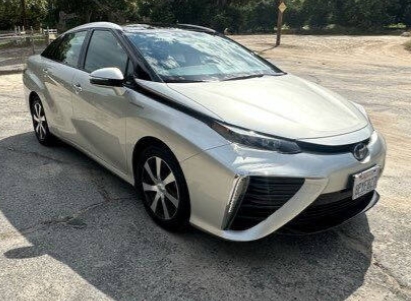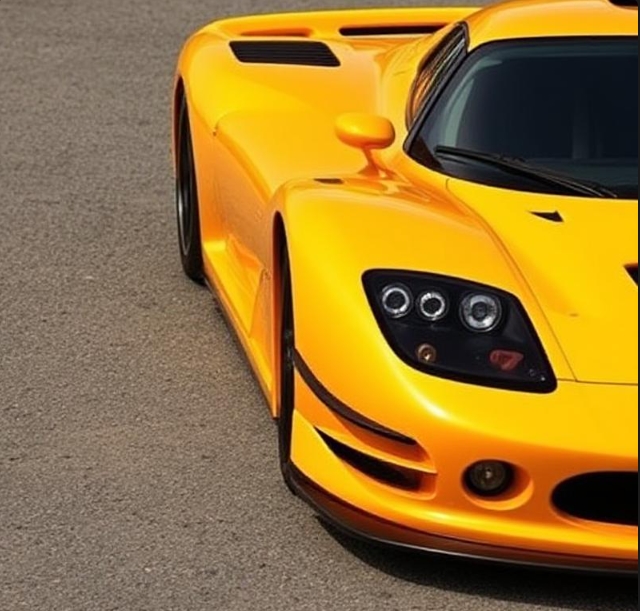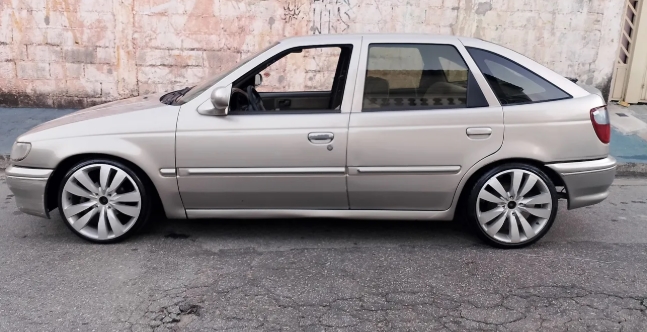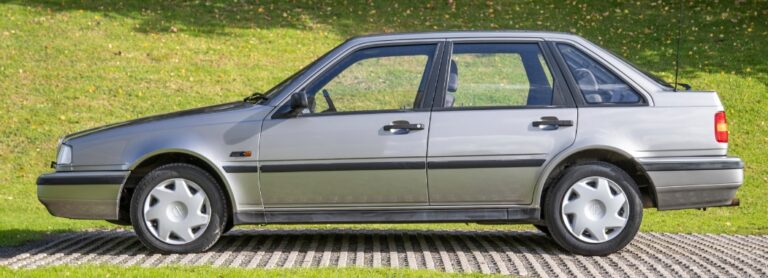The Evolution of the Renault Modus
The Renault Modus is a compact multi-purpose vehicle (MPV) that marked Renault’s foray into the small urban MPV segment during the mid-2000s. Known for its practicality, versatility, and distinctive design, the Modus was produced across two generations from 2004 to 2012, with a brief update in 2009. This article traces the evolution of the Renault Modus, detailing its production timeline, model variants, trim levels, and key features.
First Generation (2004–2008)
Introduction and Development
Launched in 2004, the Renault Modus was introduced as a successor to the Renault Twingo and aimed at the growing urban MPV market. Built on the Renault B platform, shared with the Renault Clio II, the Modus was designed to combine the compactness of a city car with increased versatility and interior space.
Design and Features
The first-generation Modus featured a tall, boxy design optimized for interior space, high roofline, and large windows to enhance visibility. Its interior was notable for its modularity, with rear seats that could fold flat or be removed entirely, and a versatile cargo area.
Production Years: 2004 – 2008
Trim Levels and Models
Initially, Renault offered the Modus in several trim levels, which varied by market:
- Expression: The base trim, offering essential features such as manual air conditioning, remote central locking, and a basic audio system.
- Authorship: Mid-level trim including power windows, upgraded audio, and additional interior comfort features.
- Dynamique: The top-tier trim, adding features such as power mirrors, alloy wheels, and optional leather upholstery.
Engine Options
The first-generation Modus was available with various petrol and diesel engines:
- Petrol:
- 1.2-liter 16V (75 hp)
- 1.4-liter 16V (98 hp)
- Diesel:
- 1.5 dCi (65, 70, or 85 hp)
Special Variants
A limited number of special editions were released, including the Modus Privilege, which often featured enhanced interior trims and additional convenience features.
Second Generation (2008–2012, with updates in 2009)
Introduction and Rationale
In 2008, Renault launched the second-generation Modus, built on the new Renault B0 platform, shared with models like the Sandero. This generation aimed to modernize the design, improve quality, and meet evolving safety and emissions standards.
Design and Features
The second-generation Modus adopted a more contemporary, rounded design, with smoother lines and a more aerodynamic profile. Inside, it gained improved materials, better ergonomics, and modern technology options.
Production Years: 2008 – 2012
Mid-Cycle Update (2009)
In 2009, Renault introduced a facelift to the Modus, which included:
- New front grille and headlamp design
- Upgraded interior with improved materials
- Updated infotainment options
- Enhanced safety features such as additional airbags and stability control
Trim Levels and Models
The trim hierarchy was similar to the first generation but included some new features:
- Expression: Entry-level offering basic features such as manual air conditioning, a basic stereo system, and fabric seats.
- Confort: Mid-range trim with power windows, upgraded audio, and additional comfort features.
- Privilege: Top trim with features like alloy wheels, cruise control, leather steering wheel, and optional leather upholstery.
- GT Line (occasionally offered): A sportier variant with unique styling cues, sport seats, and slight performance tweaks.
Engine Options
The second-generation Modus offered a range of efficient engines:
- Petrol:
- 1.2-liter 16V (75 hp)
- 1.2 TCe turbo (100 hp) in some markets
- Diesel:
- 1.5 dCi (70-85 hp)
Transmission Options
Most models came with a 5-speed manual transmission, with some higher trims and markets offering a Continuously Variable Transmission (CVT) or an optional 6-speed manual for certain petrol engines.
Notable Features and Innovations
Throughout its production, the Renault Modus was recognized for several features:
- Versatility: The rear seats could fold flat or be removed, creating a flexible cargo area.
- Compact Size: Ideal for urban environments, with a small footprint but surprisingly spacious interior.
- Safety: Early models offered driver and passenger airbags, with later versions adding side airbags and stability control.
- Technology: Later models included Bluetooth connectivity, MP3-compatible stereos, and optional navigation systems.
.
THIS might be a great place to get your new car from!
Or for those who are into the “car flipping” business, here’s an excellent resource for you!

.
Market Position and Discontinuation
The Renault Modus primarily targeted urban dwellers seeking practicality and ease of maneuverability. Its compact size, combined with flexible interior features, made it popular among young families and city drivers across Europe.
By 2012, Renault decided to phase out the Modus, replacing it with newer models such as the Renault Captur, which offered a crossover-style alternative with modern design and features. The decline in small MPV sales and the rising popularity of SUVs contributed to the Modus’s discontinuation.
Summary of Models and Trim Levels Over the Years
| Year Range | Models & Variants | Key Features |
|---|---|---|
| 2004–2008 | Expression, Authorship, Dynamique | Basic to high-end trims, various petrol/diesel engines |
| 2008–2012 | Expression, Confort, Privilege, GT Line | Updated styling, improved features, new engines |
| 2009 | Facelift models with revised front, interior, and safety features | Enhanced aesthetics and technology |
Conclusion
The Renault Modus’s evolution reflects its role as a practical, urban-oriented MPV that adapted to changing market needs over its eight-year production span. From its inception as a functional city car with modular features to its more refined second generation with modern styling and technology, the Modus served as a versatile choice for drivers seeking compactness without sacrificing interior space.
Though it was eventually phased out in favor of more contemporary crossover models, the Renault Modus remains a notable example of early 21st-century urban MPV design. Its legacy lies in offering a practical solution for city living, emphasizing flexibility, efficiency, and comfort.
